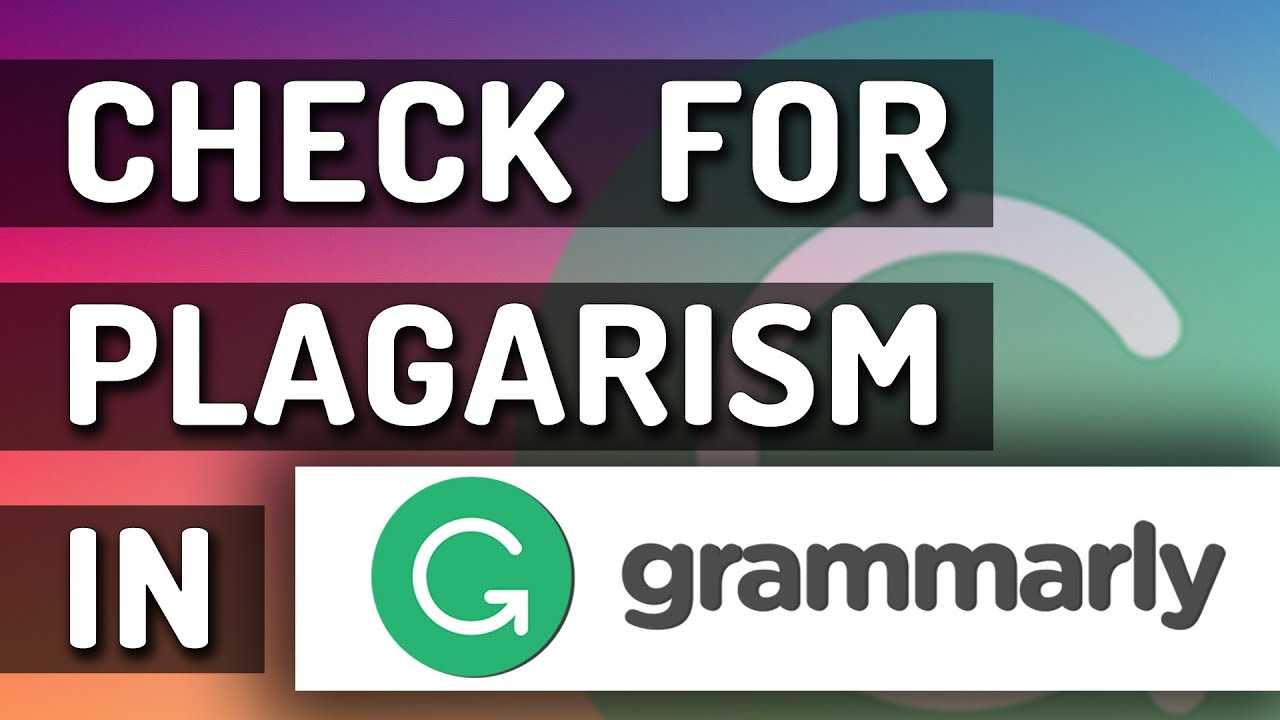
In academic environments, it is crucial to ensure that students’ submissions reflect their own knowledge and effort. When assignments or evaluations are influenced by external sources without proper acknowledgment, the integrity of the learning process is compromised. Detecting such instances can be challenging, but it is essential for maintaining fairness and promoting genuine understanding.
Various techniques and tools are available to educators to help spot when content has been copied or borrowed from other sources. Recognizing these instances is not only about protecting academic standards but also about fostering a culture of honesty and responsibility. By understanding the signs of reused material, instructors can take necessary steps to address and prevent such behavior.
Effective identification often requires attention to detail and a keen awareness of the common methods students might use to bypass expectations. Whether it’s through direct copying, paraphrasing, or the use of readily available online resources, recognizing the indicators is a key part of upholding academic integrity.
How Plagiarism Impacts Test Results
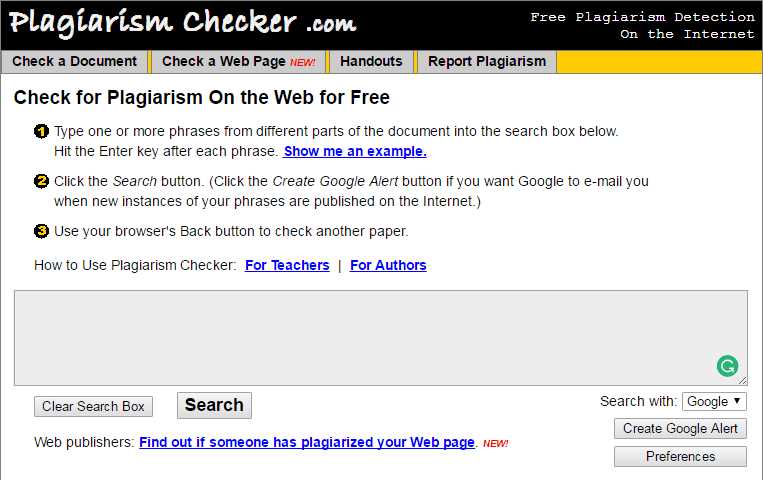
When students submit work that is not their own, it not only undermines their individual learning but also distorts the assessment process. The evaluation of their true abilities becomes impossible, as the submitted content fails to reflect their actual knowledge and understanding. This misrepresentation can lead to inaccurate academic records, affecting both the student and the institution.
Undermining the Educational Process
Academic evaluations are designed to assess a student’s grasp of the subject matter and their ability to apply concepts. When external sources are used without credit, the results no longer represent the student’s capabilities. As a result, the purpose of these assessments–to gauge individual growth and comprehension–becomes compromised, diminishing the value of the entire educational system.
Long-Term Consequences for Students
Students who engage in dishonest practices may face long-term consequences, both academically and professionally. Besides the immediate impact of receiving undeserved grades, such behavior can lead to a lack of confidence in their abilities. Furthermore, when students are caught, it may damage their reputation, affecting their relationships with instructors and peers and limiting future opportunities.
Common Signs of Cheating in Tests
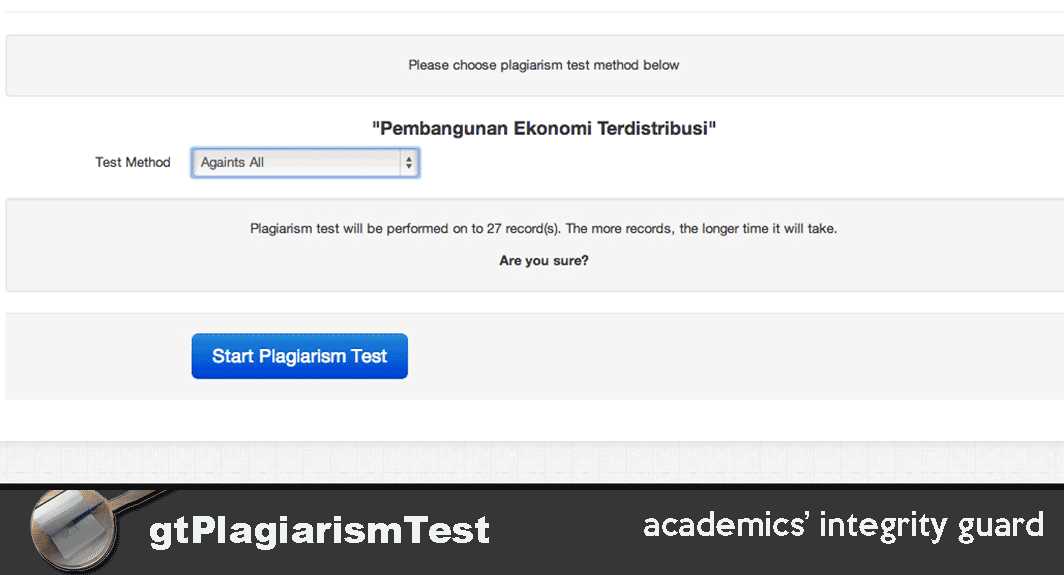
During evaluations, certain patterns and behaviors can indicate when students are not submitting original work. These signs, often subtle, suggest that the material presented may have been copied or heavily influenced by outside sources. Identifying these patterns is essential to ensuring fairness and maintaining academic integrity within educational institutions.
Unusual Consistency in Style and Structure
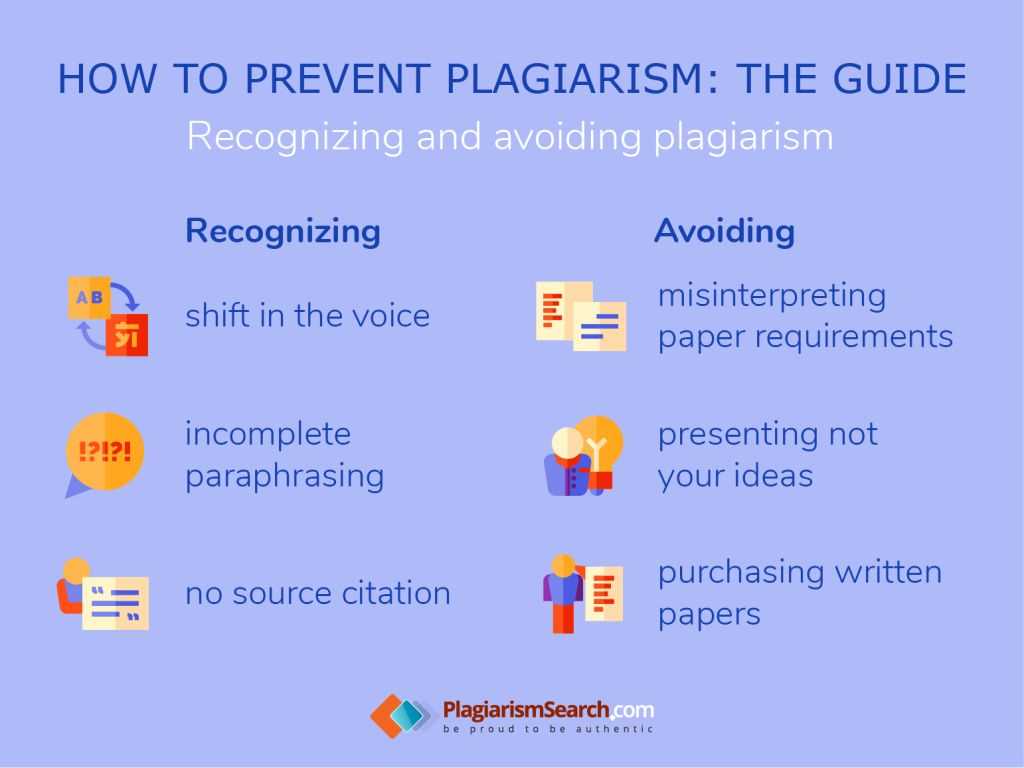
When a student’s work exhibits an unusually consistent writing style or structure that does not match their usual performance, it can be a red flag. If a student’s answer includes sophisticated vocabulary, technical terms, or complex sentence structures that are inconsistent with their normal abilities, it may indicate that external help or sources were used. This discrepancy can often be detected when compared to the student’s past submissions.
Excessive Similarity to Online Content
Close matches to online resources are another clear indicator of unoriginal work. If specific phrases, sentences, or entire sections closely resemble publicly available content from websites, journals, or forums, it suggests that the student may have copied or paraphrased without proper citation. Modern tools and search engines make it easy to quickly compare and detect similarities between a student’s submission and existing materials online.
Tools to Detect Plagiarized Answers
There are several software tools and platforms available to help identify when content in student submissions has been copied from external sources. These tools compare the text against vast databases of online articles, journals, and previously submitted work to highlight similarities and detect potential violations. By using these technologies, educators can quickly assess the originality of submissions and ensure that evaluations are fair and accurate.
Some tools specialize in checking for direct copying, while others can identify paraphrased or reworded material. These resources provide a detailed report showing exact matches, allowing instructors to make informed decisions when addressing suspicious content. With the increasing ease of accessing information online, these technologies have become indispensable for upholding academic integrity.
How to Spot Reused Content in Tests
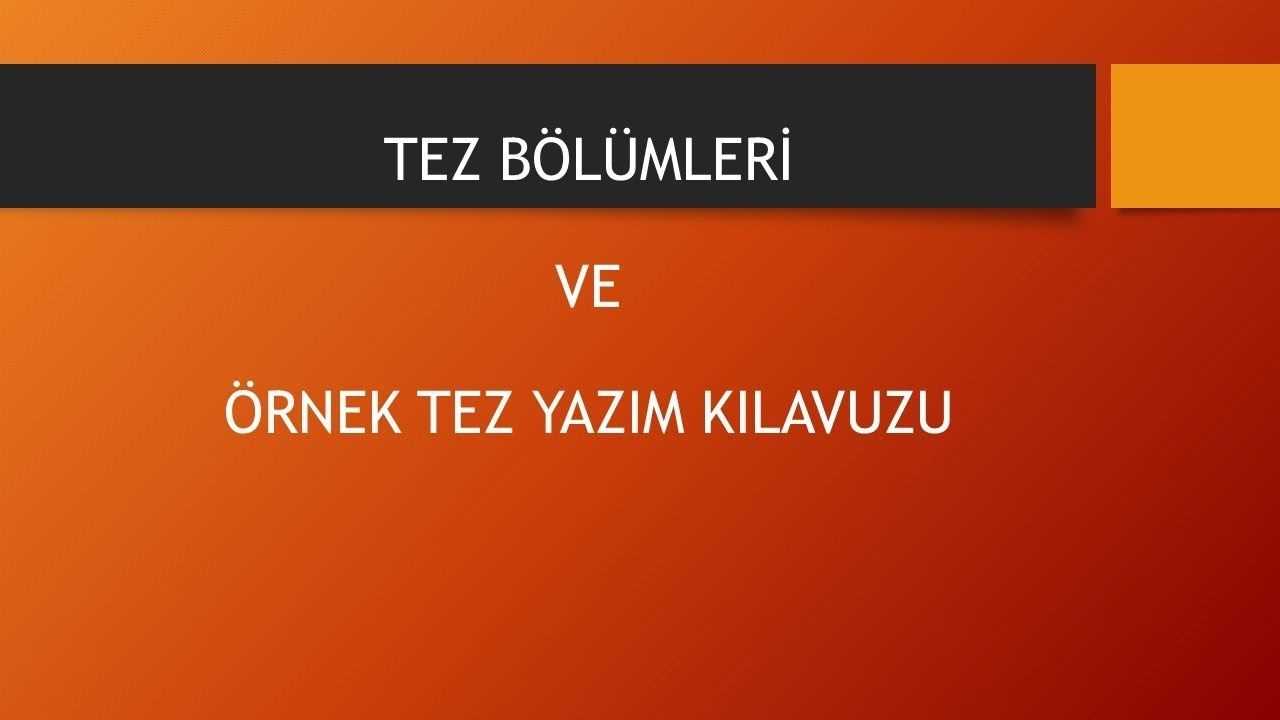
Identifying when students have submitted material that has been copied or recycled from previous sources can be a challenging task. Often, this content may be subtly modified, making it harder to detect at first glance. However, there are several indicators that can help instructors determine if the work is not entirely original.
One of the most effective methods is to search for unusual phrases or sections that seem out of place or inconsistent with the student’s typical writing style. Additionally, cross-referencing suspicious passages with online databases or other student submissions can reveal copied text. Being attentive to the flow of ideas and structure can also help to highlight when sections of content do not align with the student’s prior work or expertise.
Understanding Plagiarism in Academic Settings
In educational environments, it is essential to uphold the principles of integrity and originality. When students present work that is not their own, whether copied or heavily borrowed from external sources, it undermines the purpose of assessments. This practice not only affects the fairness of evaluations but also distorts the true measure of a student’s abilities and knowledge.
Academic institutions emphasize the importance of independent thinking and the development of individual skills. Recognizing when someone has bypassed these expectations is crucial for maintaining a fair and transparent learning environment. Institutions typically have guidelines in place to ensure that all work submitted by students is genuinely reflective of their own efforts, and violations can lead to significant academic consequences.
Preventing Plagiarism in Student Assessments
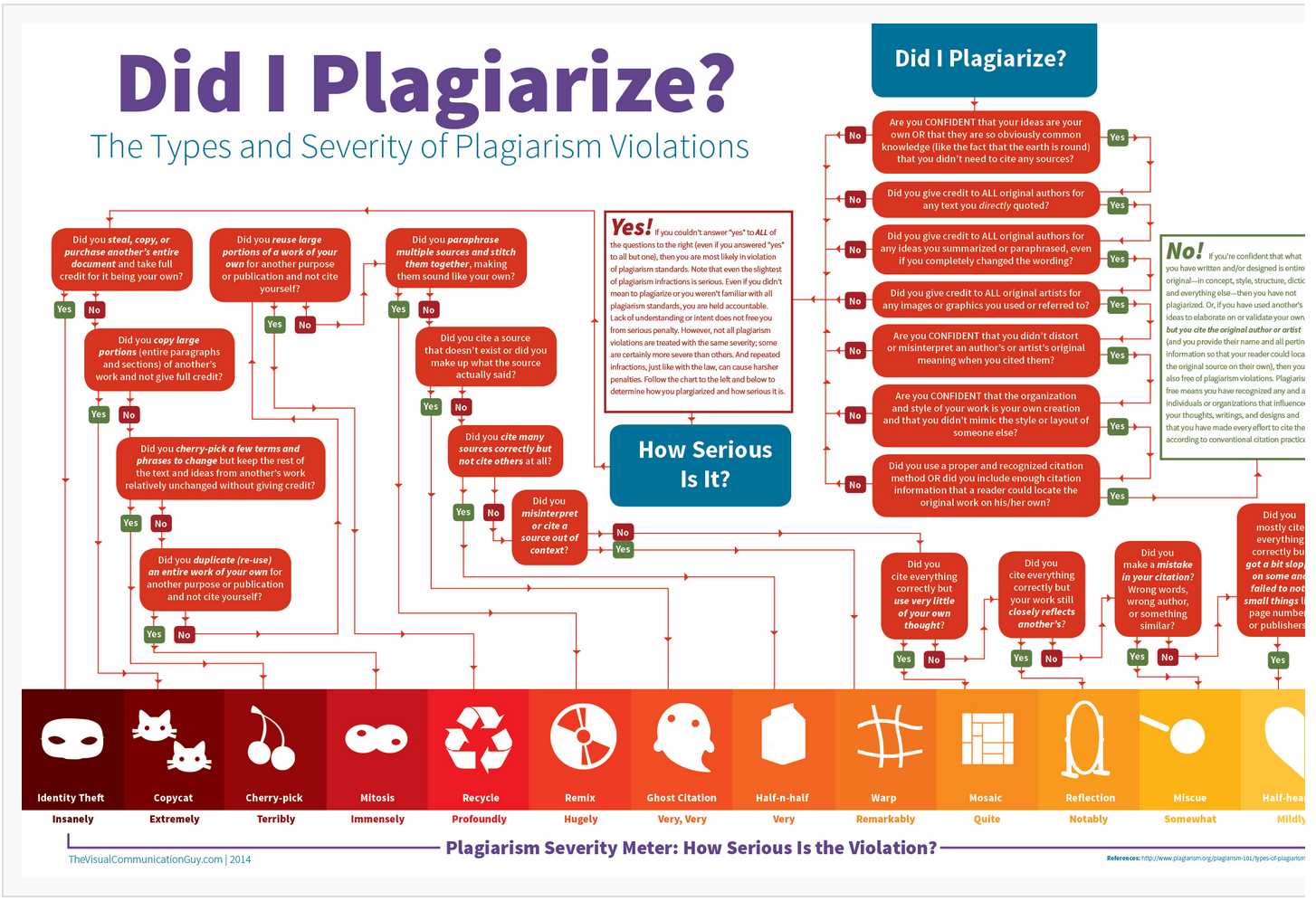
To maintain the integrity of evaluations and encourage genuine learning, educational institutions must implement strategies that prevent dishonest practices. Creating an environment where originality is valued and fostered is essential for both the student and the academic community. By establishing clear expectations and employing effective measures, it becomes easier to minimize the risk of students resorting to external sources without proper attribution.
- Clear Guidelines: Set clear rules and expectations regarding academic honesty and outline what constitutes acceptable conduct in assignments and evaluations.
- Variety in Assessment Formats: Use diverse types of evaluations, such as oral exams, practical assignments, and project-based tasks, to make it harder for students to copy work.
- Encourage Critical Thinking: Design questions and tasks that require deeper analysis and personal reflection, making it more difficult to find readily available answers online.
- Use Technology: Implement software tools that detect reused or copied material, helping educators identify and address any issues quickly.
By integrating these preventive measures, educators can create a fairer academic environment that promotes independent learning while reducing the likelihood of dishonest behavior.